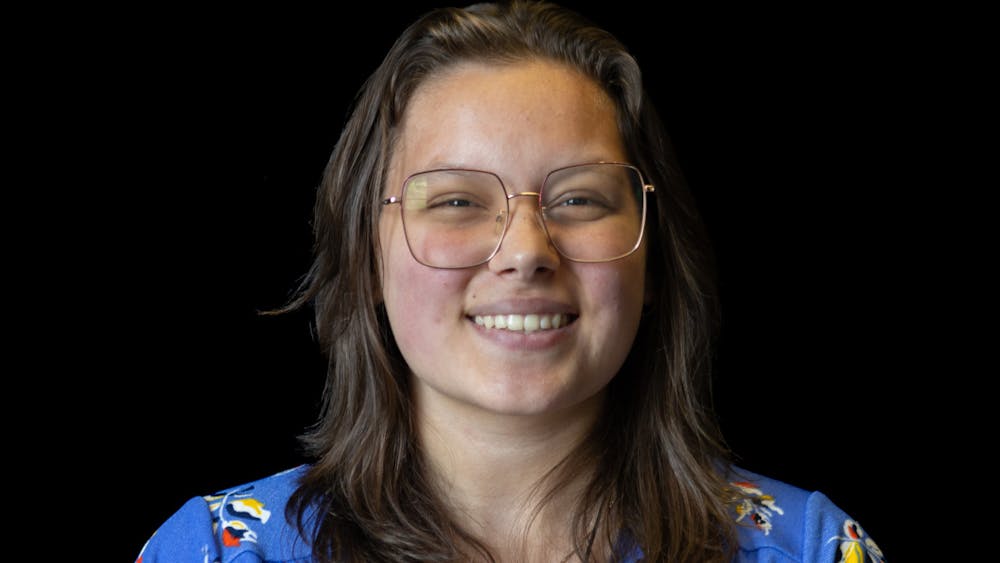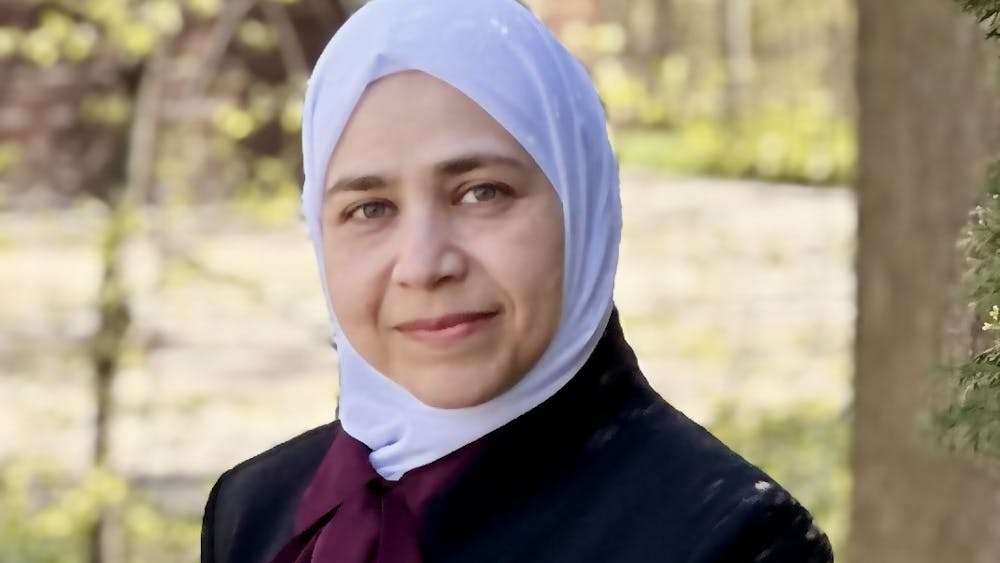Kromer Instructional Materials Center to be renovated for greater use
The Kromer Instructional Materials Center, located on the first floor of the Education and Human Services building, will be renovated to increase student and faculty use.
The materials that will be used have not been determined yet, said STEM Education Program Coordinator Julie Cunningham, but possibilities include woodworking equipment, tools for working with textiles and an embroidery machine.
She said the project should be completed by the end of summer 2016.
Cunningham will meet with interior design and art education faculty to discuss what equipment would be best for the space, which is located in Room 134 of the EHS building.
Other new features include trays where students in classes can leave ongoing projects, high workbench tables and racks on the back wall for people to store supplies they're using.
"This will be a very small makerspace, but in general, the idea behind a makerspace is to provide a central location for equipment for people to use that they might not otherwise have access to," Cunningham said. "People probably wouldn't have a lot of woodworking equipment, or textile equipment so this would give them a space to utilize these things at either no cost or a very low cost."
The space will also be open to Mount Pleasant middle school teachers and students who visit for field trips and summer camps.
The money for some equipment and materials middle school students will use will come from the $5 million donation the College of Education and Human Services received from the Herbert H. and Grace A. Dow Foundation. The renovation and other materials will be funded by CEHS. Some resources, such as a 3D printer, have come from faculty grants.
Students use the KIMC to check out materials and use the laminator, die cut machines and other supplies for projects. These materials will still be available after renovations.
"I think it's great to have these resources available to education students because we need to learn how to use (them) for when we have our own classrooms," said Howell junior Mariah Schepak. "Having it centrally located at the EHS building makes it easier for us to find and use them."
Lewiston junior Julia Nieman said she has not used the space before, but would use it if it offered more materials and equipment she could use for her interior design courses.
Generally, Cunningham said faculty doesn't use the space for full classes. Faculty will determine how the space is used for classes once the space is renovated. She said interior design and art education faculty could have students work on projects there, while education faculty could use the space to teach students how they could use the resources in their future classrooms.
"I think this space really is intended to be used more often by students and faculty, so I think (the makerspace) gives them another space in this building and a creative space that maybe a traditional classroom doesn't normally give people," she said.
The space used to include high density shelving, but as more digital resources became available, less resources started being checked out and the amount of shelving the space had wasn't necessary. The shelving was taken out, which opened up space. Cunningham said this led to meetings and conversations about how the space can be used more efficiently.




